It’s been over a month since I’ve had a boat in the water and things just didn’t seem…right. On the trek across country I had two kayaks on top of the car and we crossed many bodies of water that looked ripe for paddling. However, the rest of my paddling gear was in a shipping box making its own way across country. Plus, we had two cats with us and were on a time crunch, so stopping to paddle wasn’t an option. Finally everything aligned – the paddling gear had arrived, the weather was good, tides were favorable, and we weren’t having major appliances or septic systems installed. It was time to paddle.
Even though we now live on an island and can see the Puget Sound from our living room window, access for paddling can be problematic. It’s hard to haul a boat down the cliff in front of the house. There’s a better public access on the northwest end of the island with a paved path, but it’s still a steep walk with heavy gear. Duff has a small beach cabin on the northeast end of the island with easy access to the water and he has said I could use it any time. I plan to take advantage of that access, but the tides have to be just right. We got stuck slogging through mud flats on one trip when the tide went out as we were kayaking.
I was really impressed with the boat launch up at Larrabee State Park in the Chuckanut area. The area is rocky rather than muddy, and looked like it would be a good place to paddle even if the tides were lower. It’s only about a 30 minute drive from the house, so that’s where I decided to go.
Saturday morning was clear and beautiful, but the smoke from the western fires was returning. Everything looked hazy and foggy. While waiting for the tides to reach the best level I listened to a bit of the ill-fated Furman vs NC State football game and tried to organize my paddling gear. At about 11:30 the I could see that the tides were starting to come in, so I decided to head out.
As I drove along Chuckanut Drive I got concerned about crowds. There were cars parked everywhere – along roads, in any turnout, etc. I knew there were some trailheads and some paths leading down to the water, but it made me worry about what I’d find at the park. When I arrived at the ramp it was, indeed, busy, but there were still a few parking spaces.
I chatted with several other paddlers as I got ready for launch. They confirmed what I’d heard when I came by here last Monday. I should paddle north for the best scenery. I headed in that direction.
The rock formations were striking. There were a few isolated rocks/small islands occupied mainly by seagulls. I looked to see if any seals were in residence, but kept my distance since I was unfamiliar with other submerged rocks or hazards.
Around the point from the launch was the most amazing house. It was a modern design with a flat roof right out over the water. There were windows everywhere, as there should be in a place like this. Below the house were more amazing limestone formations carved by the wind and waves.
Across the bay I saw Lummi peak, as well as our own island in the distance.
The cove around from the mansion was free from houses. The limestone walls continued with spectacularly carved shapes. I had to resist taking photos every few seconds.
After a couple of miles I came to a point where the water opened up to the right. I had reached Chuckanut Bay, a smaller section of the larger Bellingham Bay. Houses lined the shore, and I could see more houses on a ridge over what I presumed to be the Fairhaven area.
To the right were more limestone rocks. Off to my left I saw the head of a seal. He/she started swimming toward me. I decided I didn’t need a potentially aggressive or even just curious animal bumping my boat, so I paddled way. I knew it could outrun me, but I kept going.
I circled around the smaller bay.
There was a small island connected to the shore with a footbridge. A large motorboat was whipping by. I decided I could escape it and the wake it generated by paddling between the islands. It worked.
The weather was perfect and the bay was completely calm. There were several other kayaking groups out and about. Even though I was paddling solo I didn’t really feel like I was by myself. I felt like I could keep going, but I knew that the afternoon was slipping away.
I spotted another small island a short paddle away. Later I would learn that this was Chuckanut Island. I figured that paddling around it then back would be a good endpoint for the this trip. As I headed toward the island several other motor boats came by, and a couple more seals popped their heads up, but the water remained still apart from boat wakes.
Chuckanut Island is uninhabited. The summit of the island is covered with the largest stand of madrona trees I’ve seen. I remember on my first trip out here nearly thirty years ago that the orange-barked trees really made an impression on me. Now on Samish Island they seem hard to find.
I circumnavigated the island and began the trek back toward Larrabee. Not knowing what to expect as far as weather and temps, I had dressed in layers. I had my paddling jacket and a fleece in the dry well, but opted for just a 3/4 sleeve synthetic shirt. I was starting to get hot. The other issue was that I was starting to get a serious sinus headache. As I looked at the remote islands I could see a weird inversion layer, where a haze descended almost, but not all the way down to the water. I later learned that this was more of the smoke from the fires near Mount Ranier. The smoke was causing more than visibility problems, at least as far as I was concerned.
I continued on my way, once again marveling at the rock formations. They seemed to take on new shapes depending on point of view. Other paddlers had pulled onto small rocky beaches in shallow coves to explore the rocks. These beaches would soon be covered with the incoming tide.
When I made it back to Larrabee the place was hopping. There were lots of paddle craft out and about, including canoes and stand-up paddleboards in addition to kayaks. There were several small motor boats out crabbing, and a couple of sailboats. The small beach area was crowded; folks were out on the rocky outcrops sunning themselves. I decided to paddle past the Larrabee cove and see what was further south. I found a group getting ready to do some rock climbing along one of the outcrop faces, then decided it was time to head back.
After dodging the paddleboards and other boats in the cove I had to wait my turn to land. There was lots of traffic at the ramp.
It had been a great inaugural trip. I paddled 6.21 miles under perfect conditions. I would have loved to have stayed out longer and paddled more, but this was enough for a first time in Washington waters with my own boat.
It was also the inaugural trip for my new GoPro Hero 5. I really like that small camera for more than just kayak photography. I keep it in my pocket most of the time. This was its first “wet” trip. Instead of shooting video plus stills like I normally do, I set it for 10 second time lapse. I thought this might save battery life, as I was also geotagging as I went. I used two batteries during the course of this trip. I may have to get a couple more to have on hand for longer trips.
I took the images from the GoPro and made a time-lapse video of the trip. Click on the image below to view the video.

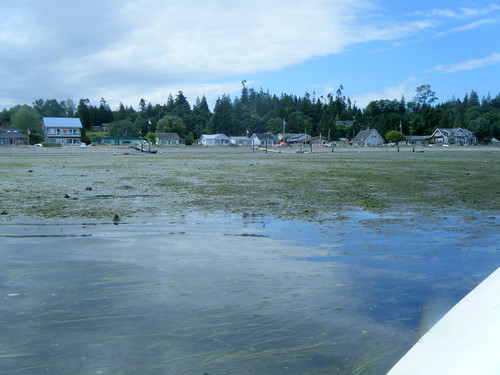









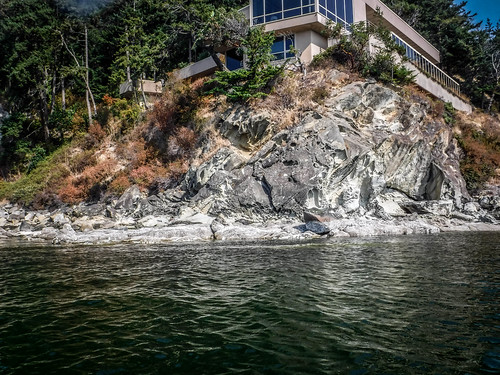



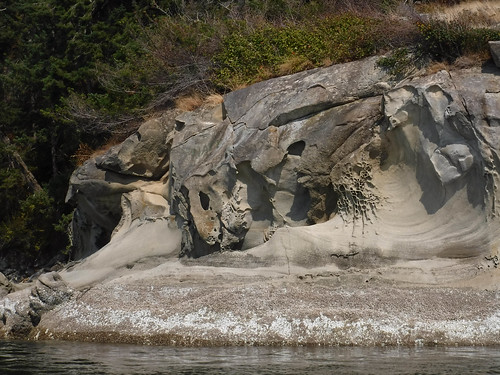
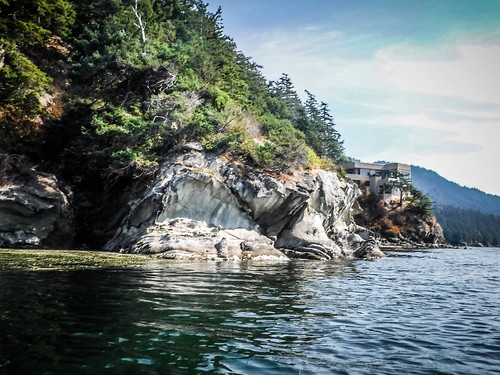








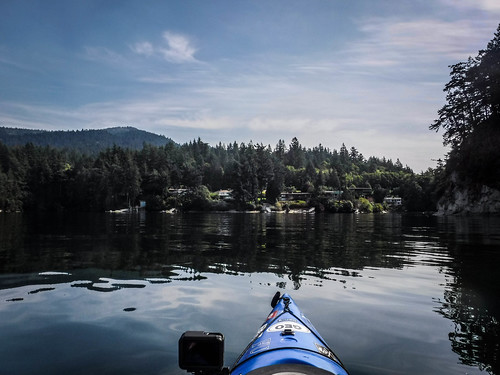












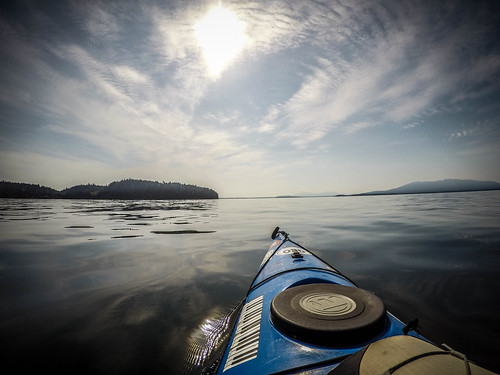
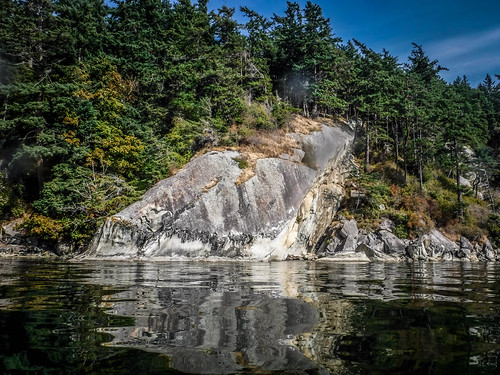





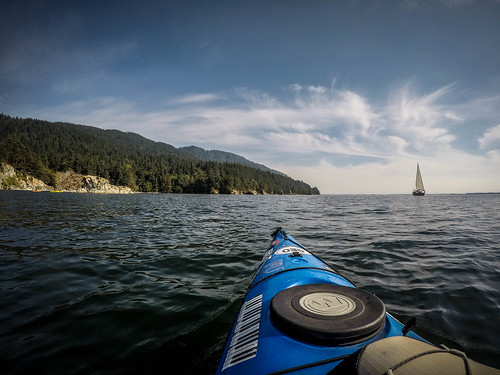
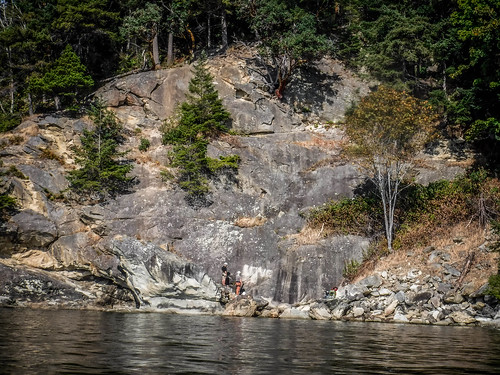







Tom,
Thank you for sharing your journey to Washington. I found your blog several years ago when we retired to Hendersonville NC. In fact I remember meeting you on a paddle I think on Wolf Lake in NC. I am still enjoying your blog, because right now my Husband and I are on Kitsap Pennisula meeting a new Grandson. We paddled around the San Juan Islands last year and we were amazed with the Madrona trees. Have a feeling we may be returning several more times, so please keep sharing your adventures because the info. is helpful. I went to a local farmers market too after reading your blog…just wonderful. Thanks Ellen Brazauskas.
Wait, are you stalking me? 😉
I do remember meeting you guys. It was on Bear Creek Lake in NC. I remember because that’s where I lost my first GoPro camera. Glad to hear that you’re doing well and that you’re still paddling.
I’m also glad you’ve been able to visit this part of the world. We love it. One amazing point is that lots of people from the Hendersonville/Asheville area migrated to the Skagit Valley to take logging jobs. I was having lunch in a BBQ place near Duncan, SC, and the walls were covered with photographs of logging in the Skagit Valley. There seems to be a strong connection between the two areas.
It does seem that our paths continue to cross…and I do remember the loss of your camera, but wanted to be kind and not bring up bad memories. Washington is such a beautiful state. Please don’t tell anyone in Hendersonville, but the apples here are really good. Enjoy your time and look forward to your blogging.